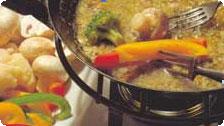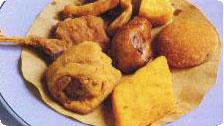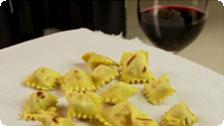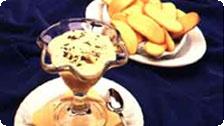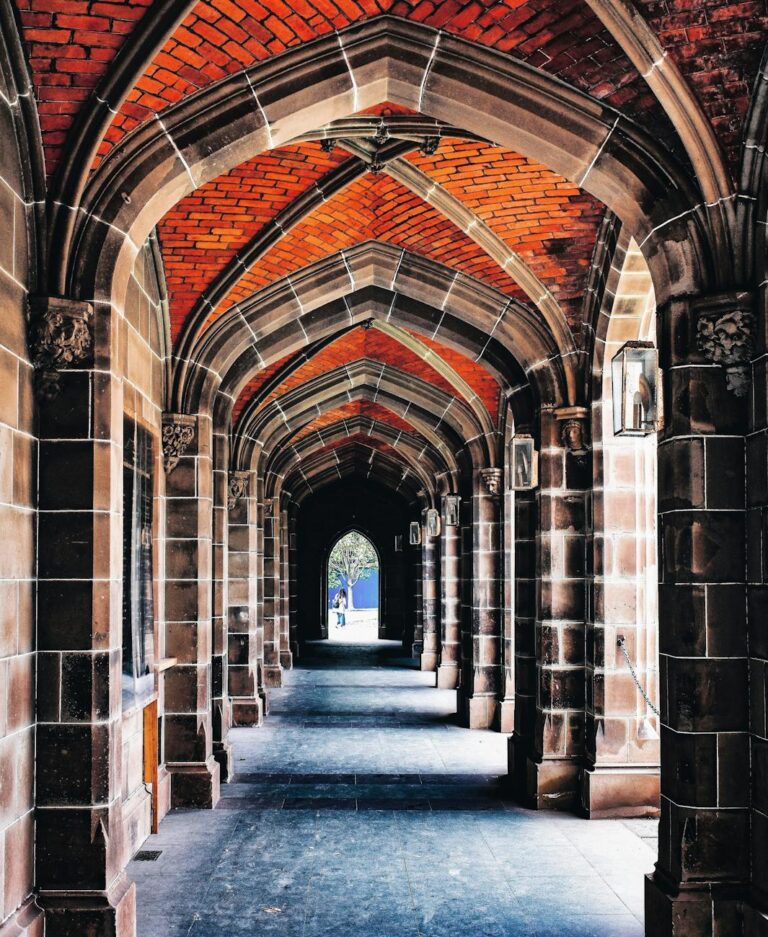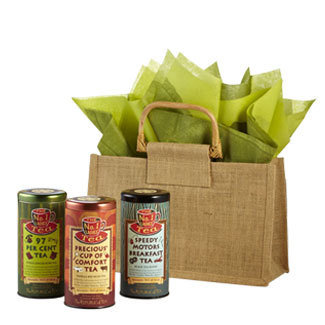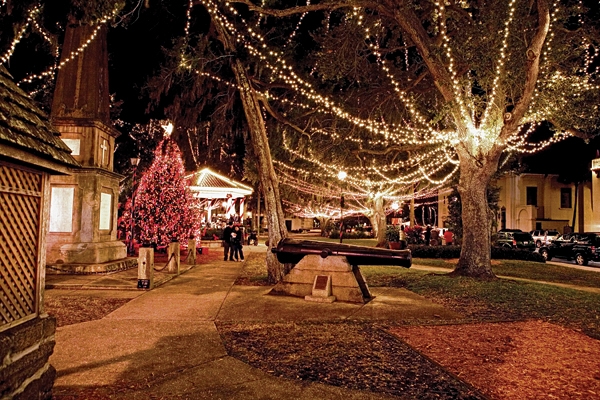Opinion: Turin, Italy: Buon Appetito!
by Anna Irrera, Olympics Diva
Hello, Divas! I hope you all had a great summer! To soften your return to reality, I’d like to tell you all about Turin and Piedmont’s exceptional cuisine. I’ve outlined a typical menu highlighting a few of the region’s many specialties, so that when you come to Turin you’ll know exactly what to order. So keep reading—and buon appetito!
* * * *
Menù Della Casa
Vini (Wines)
Piedmontese wine making dates back over two thousand years, but today’s famous wines are relatively modern creations.
Red Wines
Barolo (a strong wine made from nebbiolo grapes, near Alba)
Barbaresco (similar to Barolo, but more delicate)
Dolcetto (light and fruity, the region’s most widely produced wine)
Barbera (produced mostly in Alba and Asti, and excellent for dining)
White Wines
Roero Arneis
Gavi
Erbaluce
Chardonnay
Dessert Wines
Moscato
Spumante
Other Beverages
Passito
Grappa
Pane (Bread)
You’ll find another of Turin’s most important specialities at every respectable Turinese restaurant table.
Grissini
The origin of this delicious breadstick is hotly debated among various towns and cities in the region. It is said that King Carlo Emanuele asked his court baker to make a well-cooked bread to prevent the spread of disease. The result was a thin, crispy breadstick called ghersino, diminutive of ghersa, a long, thin bread. The most famous grissini variations are the stirato (straight) and rubata (hand rolled).
Antipasti (Appetizers)
Finanziera
Invented as a way to “recycle” chicken giblets, this appetizer is made with various meat cuts cooked with mushrooms preserved in oil and vinegar, butter, and Marsala.
Bagna Caoda
This dish, which consists of a sughetto caldo, or warm sauce made from olive oil, garlic, and anchovies, is perfect for dipping vegetables such as cardoons, Jerusalem artichokes, cabbage, and peppers (be sure to try the famous peppers from nearby Carmagnola).
Primo (First Course)
Angolotti
Agnolotti are a sort of rectangular tortello, or ravioli, usually filled with meat, vegetables, and cheese. I suggest you try the basic version prepared in a roast meat ragù as well as the agnolotti in a fondue sauce. The most refined agnolotti, called plin or agnolotti al plin, are those made by hand (the plin is the tool used to seal the pasta).
Secondi (Second Course)
Fritto Misto
This special dish, served at Sunday lunches and holiday meals, is a real mix of savours: various pieces of meat, sausage, or even liver, frog meat, brains, and medulla (I always leave those last three for someone else!), dipped in batter and fried. Fritto Misto is served with battered and fried semolina, apples, and amaretti.
Formaggi (Cheeses)
I could write a whole article only about the cheeses, so here are some suggestions to sample.
Bra d’alpeggio
Bruss (bold)
Castelmagno (very tasty)
Murazzano (sweet-ish)
Raschera
Robiola di Roccaverano
Toma Piemontese
Bettelmat
Cachat
Caprini di Rimella (goat cheese)
Dolce (Dessert)
I’ve already told you all about Turin’s chocolate!
Zabajone
This recipe, invented by the Franciscan monk Pascquele de Baylon during the sixteenth century, is a delicious cream made of one egg yolk, two spoons of sugar, two eggshells of Marsala wine, and one eggshell of water. When he was declared a saint in 1690, de Baylon became San Bayon, pronounced “Sambaiun,” which later turned into “Zabajone.” The dessert should be accompanied by meliga cornmeal cookies.
* * * *
Piedmontese cuisine is not known for its lightness—and I can assure you that after a lunch of this sort, you’ll probably feel like a little nap. So after the compulsory caffè espresso, return to your hotel—and leave the sightseeing for tomorrow!
Discover more from Tango Diva
Subscribe to get the latest posts sent to your email.
